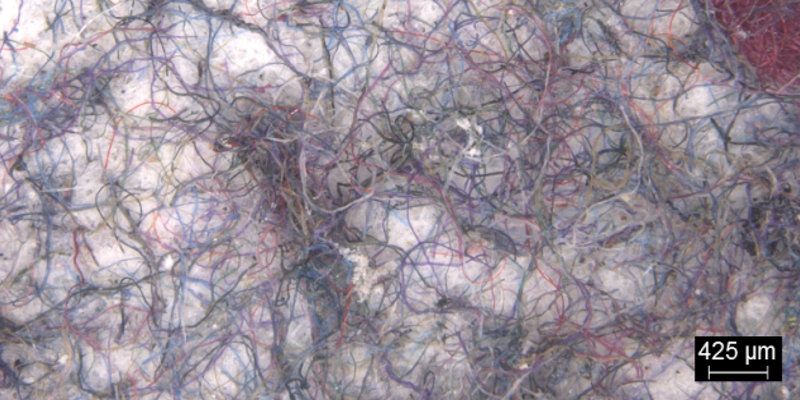
In a new study partially sponsored by Procter & Gamble, British researchers from the University of Leeds have found the best way to preservation of the appearance of things after washing.
The fact is that every wash cycle slowly destroys clothes by washing away the paint and weakening the fibers of fabrics. However, the results of a new study show that clothes are much better preserved when washed at a higher speed and in cold water.
The researchers analyzed data and fabric samples and found, that a 30-minute wash cycle at 25°C preserves color vibrancy by reducing color loss by up to 74% and reducing microfiber contamination by more than half compared to a standard 85-minute wash cycle at 40°C.

“Using shorter wash cycles in cool water is an easy way for everyone to extend the life of their clothes and prevent them from going to the trash”, — said Dr. Lucy Cotton, lead author of the study.
A team of researchers led by her tested T-shirts made of cotton, polyester or blends made for retail stores in combinations that mimic typical batches of dark and light colors. They even added white “receiver” fabrics to monitor the level of color runoff between batches. The results were obvious: longer washing at high temperatures negatively affects the quality of the fabric, causing the clothes to lose color and fibers faster.
According to the authors of the study, after 8-16 wash cycles, clothing continues to lose fibers. This means, that sportswear will release plastic microparticles into the water throughout its lifetime. Even clothing not made from polyester, and natural fabrics, such as cotton and others, shed their color, and particles of paint and fibers get into water sources and pollute them.

Analysis of sediments in Europe has shown, that almost 80% of microfibers are made of cellulose, not plastic. Synthetic or natural, these fibers end up in fish, shellfish, and then — in the human body.
The study included dye kinetics modeling and Raman spectroscopy. However, it is also part of Procter & Gamble’s marketing strategy, which has been promoting cold water detergents since 2005.
“Advances in detergent technology, especially in the use of environmentally friendly ingredients such as enzymes, allow consumers to get superior laundry results with cooler, faster wash times”, — says the study’s co-author and Procter & Gamble researcher Neil Lunt.
Washing at 20°C instead of 40°C saves about two-thirds of energy per load, according to the Energy Saving Trust. This means lower bills, less carbon emissions and fewer fibers ending up in the water.
Modern fashion has taught people to perceive clothes as something short-lived. However, this study demonstrates, that it is type of washing affects, how long a particular garment can last.
The results of the study were published in the journal Dyes and Pigments
Source: ZME Science

Spelling error report
The following text will be sent to our editors: